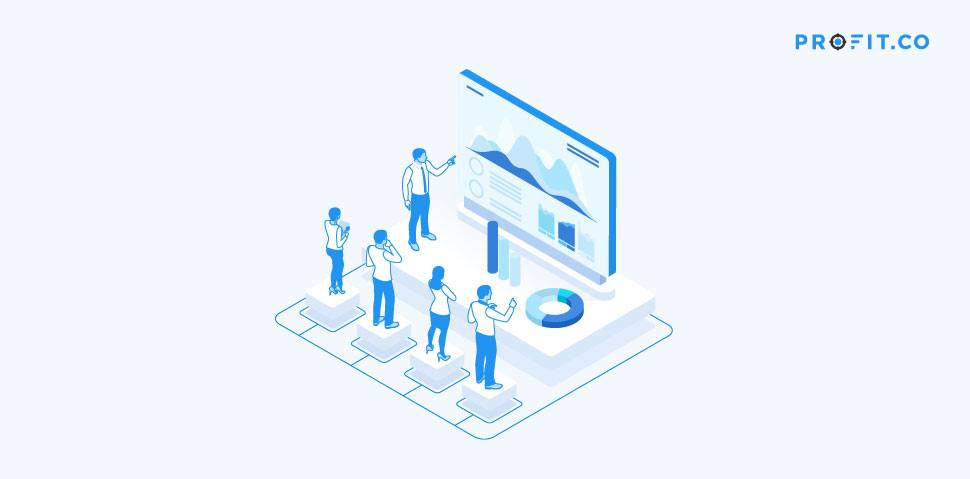This sales metric helps you determine the number of sales that are resulted from repeat purchases – basically, the number of times the same customer has bought your products/ services.
As expected, the Repeat Purchase Volume offers you valuable information about the behavior of your customers and about the appeal of your products, as well. Naturally, if a customer returns to buy something from your store, it means that he or she likes your products/ services and considers them worth their money.
The Repeat Purchase Volume is usually investigated by the sales manager, who will communicate the information to the management teams – for example, if a product is bought multiple times by several customers, the management team might decide to restock that product more often or focus on it.
How do Repeat Customers Influence Your Business?
The Repeat Purchase Volume metric is tightly related to the customer retention variable – a store must be able to retain its customers for them to come back and make another purchase.
But how does a second purchase from the same customer is different from the purchase of a new customer?
Well, a study conducted by Adobe has shown that the customers that come back to a shop – either it’s online or offline – usually spend up to 15% more when placing that second order.
Moreover, another study has shown that the conversion rate of a repeat customer gets as high as about 70% when compared to a new customer – which has a conversion rate of around 5%-20%.
Therefore, a repeat customer not only spends more every time he or she decides to place an order but will also place more orders when visiting your shop.
As mentioned, retaining these repeat customers is very important as they increase your total revenue – but to do this, you have to understand the three following metrics.
Average Order Value – AOV
The Average Order Value is basically the average amount that’s spent with each order. When taking repeat customers into account, your business’ AOV is subsequently increasing with each order that customer places on your website.
For example, a new customer that buy a $100 product will most likely spend up to $132 the third time he or she returns to your store.
Repeat Purchase Rate
This metric tells you how many times your customers come back to your store and make a repeat purchase. Moreover, this can be interpreted in another way – for example, if you have a low Repeat Purchase Rate, this might mean that a certain customer has had issued or bad experiences with a product/ service purchased from you.
For example, a Repeat Purchase Rate of 50% means that you are adding 100% to our total revenue – basically doubling your profit with the help of repeat customers.
Purchase Latency
The Purchase Latency metric shows you the period that passes between two purchases of the same client. Of course, you’d want the purchase latency to be as low as possible, as this means that you are increasingly earning a profit and that the customers are happy with your products/ services.
The Bottom Line
Well, the Repeat Purchase Volume might be just a metric – but the work that must be put in to increase and maintain it relies on several other metrics. This means that the numbers only give you a hint at what you should do next.
If you have a low repeat purchase volume, then you might have to rethink your marketing strategy or make sure that your products/ services work as intended and are of good quality.
